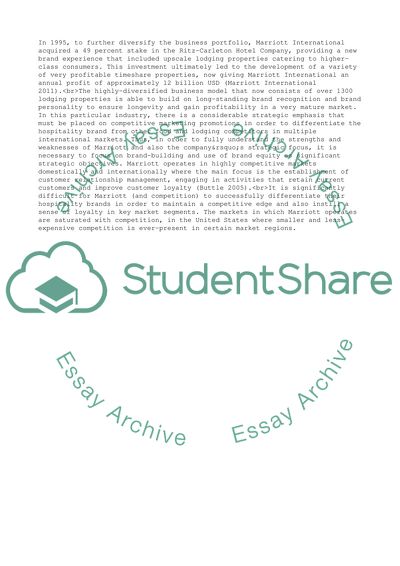Cite this document
(“Strategic Management Analysis: Marriott International Essay - 25”, n.d.)
Strategic Management Analysis: Marriott International Essay - 25. Retrieved from https://studentshare.org/management/1606425-strategic-management
Strategic Management Analysis: Marriott International Essay - 25. Retrieved from https://studentshare.org/management/1606425-strategic-management
(Strategic Management Analysis: Marriott International Essay - 25)
Strategic Management Analysis: Marriott International Essay - 25. https://studentshare.org/management/1606425-strategic-management.
Strategic Management Analysis: Marriott International Essay - 25. https://studentshare.org/management/1606425-strategic-management.
“Strategic Management Analysis: Marriott International Essay - 25”, n.d. https://studentshare.org/management/1606425-strategic-management.


